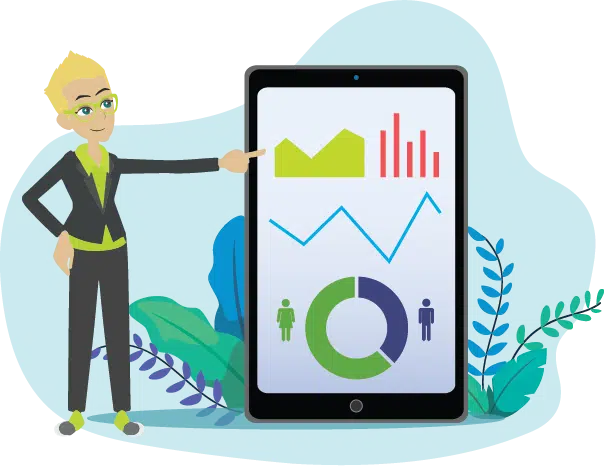We know from the data that just over half of Pyx Health members are lonely. But there’s so much more.
Our data team is continually analyzing Pyx Health member data to uncover trends and deliver insights for our clients. Screening tools include UCLA-3, PHQ-4, SDoH screening based on PRAPARE, and proprietary sentiment scoring. Combined, these tools give us – and you – a clear picture of Pyx users’ emotional and physical states, and SDoH needs that impact both.
Improving loneliness and depression
Medicaid:
%
show a reduced loneliness score. Of those,
%
also have improvements in depression as measured by the PHQ-9
Medicare:
%
show a reduced loneliness score.
%
show a reduction in depression
Age and loneliness
Medicaid:
Highest rate of loneliness is among
35-54
year-olds. Highest acuity of loneliness is among
45-54
year-olds.
Medicare:
65-74
age group has highest adoption rate of all population types and
65-74
who download the app use it in the first 30 days
App use highlights
Medicaid:
%
of app use for lonely members is between 5pm- 5am: demonstrates need for 24/7 solution
Medicare:
%
stay on the platform longer than the overall population
Identifying SDoH needs in the app
Medicaid:
Top needs:
income,
housing, food
1 in 4 report need in at least 1 category in first 45 days of app use
Medicare:
Top needs:
transportation,
access to care
1 in 10 report an SDoH need in the app
Use of app resource menu: connecting members to their plans and community resources
Medicaid:

3 out 5 select resources

This increases to 4 out of 5 when members score as lonely
Medicare:
%

